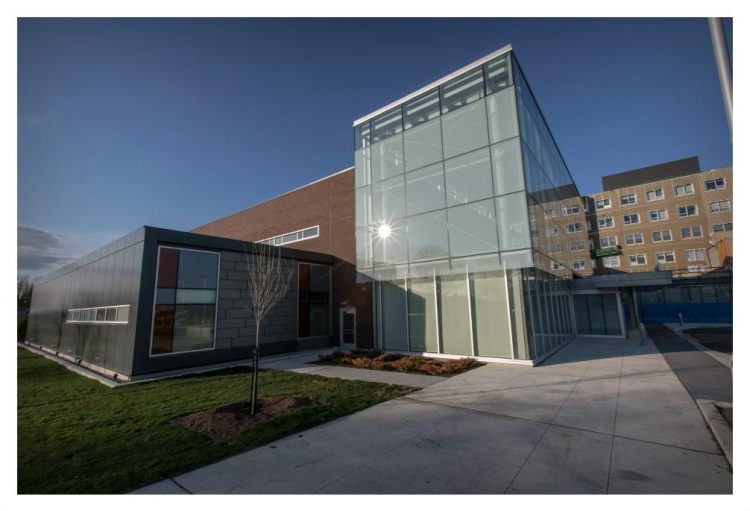No products in the cart.
New Telemetry System Doesn’t Miss a Beat
Cornwall Ontario — Telemetry, the process of sending electronic signals from one place to another, is a powerful safety tool used to monitor a patient’s heart rate and rhythm via a portable unit attached to their chest and examined from a central nursing station monitor. The device itself is the size of a standard smartphone, with a display screen and five leads (wires) connected to five electrode patches which pick up signals from the heart before sending them directly to the monitor. The monitor then displays the electrical signal as a picture of your heartbeat. The new telemetry device shows the patient’s heart rhythm right on the screen and is transported in a clear bag that is worn around the neck so it will not interfere with the usual routine and care provided during hospitalization. Doctors usually recommend using telemetry when a patient has an arrhythmia (irregular heartbeat), or to monitor how the heart responds to new medication. One of the major advantages is that the most responsible nurse or physician can detect emergent medical issues before they become a problem.
After going live at the end of May, the new system has already begun to show off its many improvements. “The key,” said Mike Kroon, Manager of the Critical Care Unit (CCU), “is that we can obtain instant, real-time information with no breaks in data.” Having access to continuous monitoring allows healthcare providers to learn more about the patterns and irregularities of the most important organ in the body, while the remote capability ensures patients are not disturbed. The previous system required patients to have their leads removed and reattached when moving around the hospital or when bathing. With the new waterproof, rechargeable battery-operated devices and boosted signal, there is an uninterrupted flow of heart activity recording. A pulse oximeter, which did not come with the old devices, is a now a feature that accompanies all cardiac patients to measure what percentage of hemoglobin (the protein in blood that carries oxygen) is in their bloodstream. This small device clamps on the end of the patient’s finger and is useful in any setting where a patient’s oxygen saturation is unstable. All of the information provided from these devices will be compatible with the hospital’s fully integrated technology solution initiative which allows physicians, clinicians, technologists, clerical and administrative users to instantly share data at the touch of a button.
No longer do patients have to be admitted to the CCU to be monitored. With the expansion to 10 telemetry units, patients can be monitored anywhere in the hospital. In addition, a second battery charger was installed on the main level (in JMP), so there is less time wasted travelling between floors and more time being focused on the health of the patient. “Having multiple areas of cardiac care has provided flexibility for physicians and staff, affording our patients complete peace-of-mind knowing their heart is being monitored everywhere in the hospital,” added Kroon.
Because the old device had to be removed and then reattached to allow patients to visit different areas in the hospital, many of them would remain in their area until it was time for discharge. “We know walking promotes engagement and quicker recovery time so having technology that permits patient mobility while ensuring total observation of the activity of the heart, is highly preferable to having a patient confined to a bed,” said Jeanette Despatie, Chief Executive Officer.






